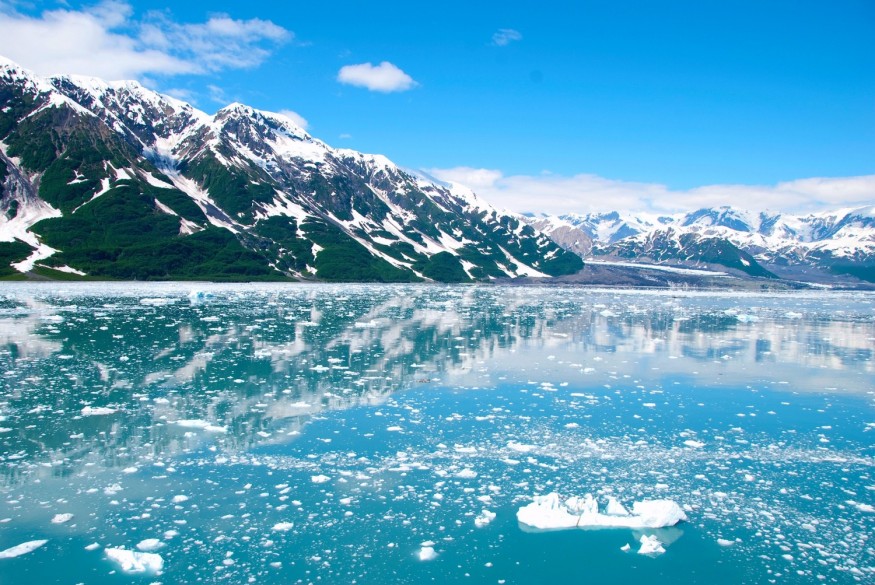America's largest state is getting wetter--not good news for the state's permafrost and climate. Alaska is made of 85 percent permafrost, which means that an increase in rainfall could threaten it. A new study examines the wetter condition of Alaska and what this could mean to the world's climate.
The study was published on July 24, comparing the effect of rainfall on the permafrost thaw across time, space, and various ecosystems. Additionally, the research shows that increased summer rainfall is melting the permafrost across the state.

Effects of Rainfall on Permafrost
While Siberia continues to record heatwaves and wildfires across its borders, Alaska, on the other hand, is experiencing the opposite. The American state is having its rainiest five years in 100 years.
This extreme weathers at both ends of the spectrum are because of Arctic amplification, an aspect of climate change. The temperature in the Arctic region increases at a faster rate than the global average as the Earth continues to warm.
There is much more to learn about how Arctic amplification will affect permafrost underlying a quarter of the Northern Hemisphere--including Alaska--although its physical basis is already well understood.
All over the world, permafrost holds up nearly twice the carbon present in the atmosphere. That is about 1,600 gigatons of carbon that is put into long-term storage supporting the Northern hemisphere's infrastructures, such as roads and buildings. Until recently, nobody expected it to thaw.
Understanding the effects of global warming and climate change on permafrost is very important for people in the Arctic region and those who live in the lower latitudes.
Study lead author Thomas A. Douglas, a scientist at the U.S. Army Cold Regions Research and Engineering Laboratory, said that winter had lost almost three weeks to summer in their research area.
"This, along with more rainstorms, means far more wet precipitation is falling every summer," said Douglas.
READ MORE: Alaskan Sea Ice Has Melted Away
Increased Summer Rainfall in Alaska
The research team headed by Douglas took 2,750 measurements of how far deep the land's surface permafrost had been thawed over the past five years. The study included two summers with average rainfall, one that was unusually drier and wettest summers recorded.
The amount of permafrost thawed indicates the differences in annual rainfall during their research. More rain created a deeper thaw in the area because after the wettest summer in 2014. The permafrost did not freeze back to its original levels even when the summers after that were subsequently drier.
Wetlands and disturbed areas showed the most thaw. Permafrost in Tussock tundra experienced the most significant increase in the depth of thaw due to rainfall. But forests, especially spruce forests, were the most resistant to permafrost thaw.
The study shows how permafrost is affected by summer rainfall depending on the land cover types. As Alaska's temperature continues to warm and get wetter, it is expected to see some changes in the vegetation and wildfires disturbing larger parts of the landscape.
© 2026 ScienceTimes.com All rights reserved. Do not reproduce without permission. The window to the world of Science Times.












